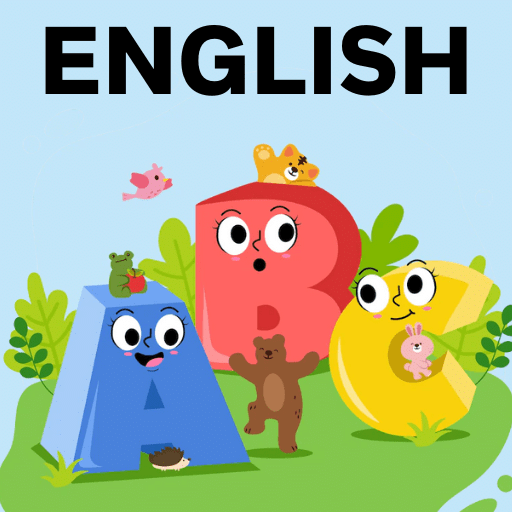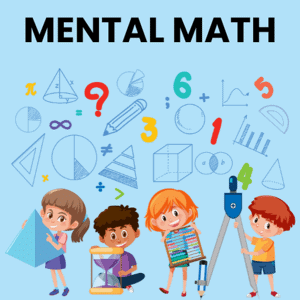Unit Test Solutions : Unity in Diversity, or 'Many in the One' | Social Studies for Class 6 - New NCERT PDF Download
Attempt all questions. Time: 1 hour, M.M. 30
- Section A - Question numbers 1 to 5 carry 1 mark each.
- Section B - Question numbers 6 to 8 carry 2 marks each.
- Section C - Question numbers 9 to 11 carry 3 marks each.
- Section D - Question numbers 12 to 13 carry 5 marks each.
Q1. How many languages were counted in the 'People of India project'? (1 Mark)
(a) 225
(b) 325
(c) 425
(d) 525
Ans: (b) 325
The Anthropological Survey of India’s 'People of India project' identified 325 languages using 25 scripts across the country.
Q2. Fill in the blank: The festival Makara Sankranti marks the beginning of the _______ season. (1 Mark)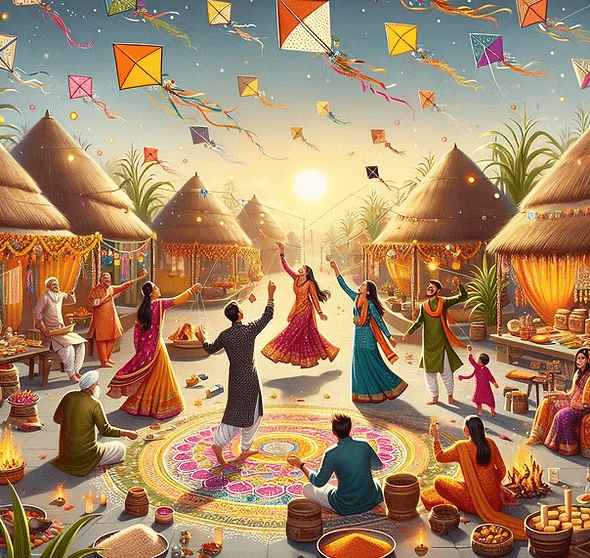
Ans: Harvest
Makara Sankranti, celebrated around January 14, marks the start of the harvest season in many parts of India.
Q3. True or False: The Panchatantra stories originated in Tamil Nadu. (1 Mark)
Ans: False
The Panchatantra, a collection of stories over 2,200 years old, originated in Sanskrit, not specifically in Tamil Nadu.
Q4. Which of the following is a common staple grain across India? (1 Mark)
(a) Quinoa
(b) Rice
(c) Corn
(d) Oats
Ans: (b) Rice
Rice is listed among staple grains like barley, wheat, and millets, common to most Indian regions.
Q5. What is the primary theme of the Ramayana and Mahabharata epics? (1 Mark)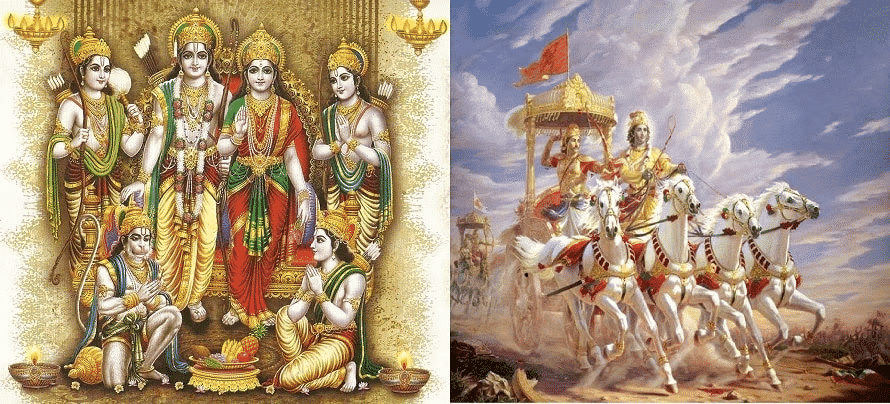 (a) Love stories
(a) Love stories
(b) Re-establishing dharma
(c) Animal fables
(d) Historical wars
Ans: (b) Re-establishing dharma
Both epics narrate heroes fighting to restore dharma, or righteousness, as their central theme.
Q6. Explain how food reflects unity in diversity in India. (2 Marks)
Ans: Food in India shows unity through common staple grains like rice, wheat, and millets, and spices like turmeric and cumin used nationwide. Diversity emerges in the thousands of dishes prepared from these shared ingredients, varying by region and community.
Q7. What makes the sari an example of unity in diversity? (2 Marks)
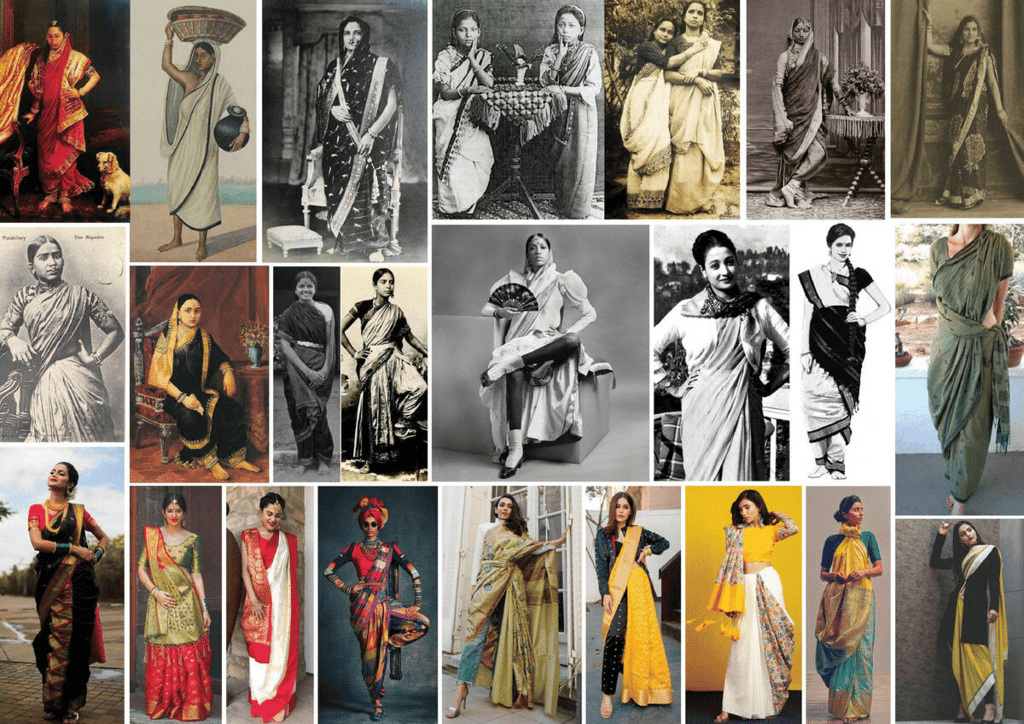
Ans: The sari is a single unstitched cloth worn across India, symbolizing unity, but its diversity shines through hundreds of varieties—Banarasi, Kanjivaram, etc.—with different fabrics, weaving methods, and regional draping styles.
Q8. How do festivals like Makara Sankranti illustrate India’s cultural unity? (2 Marks)
Ans: Makara Sankranti unites India by celebrating the harvest season around January 14, yet it diversifies with regional names like Pongal or Lohri. This shared timing with varied expressions shows cultural unity amidst diversity.
Q9. Discuss how the Panchatantra reflects both unity and diversity in Indian culture. (3 Marks)
Ans:
- The Panchatantra reflects unity as a single Sanskrit collection of animal stories teaching life skills, shared across India for over 2,200 years.
- Its diversity appears in about 200 adaptations in over 50 languages, with regional versions spreading to Asia and Europe.
- This one text’s widespread influence and varied forms embody India’s cultural unity in diversity.
Q10. Explain the role of tribal communities in enriching the Ramayana and Mahabharata. (3 Marks)
Ans:
- Tribal communities enrich the epics by creating their own oral versions, like those of the Bhils and Gonds, adding local legends about epic heroes visiting their regions.
- These adaptations connect tribal histories to the Pandavas or Rama, preserving the epics’ core themes.
- This interplay shows how diverse tribal cultures reinforce a unified narrative framework.
Q11. How does India’s diversity in textiles contribute to its cultural identity? (3 Marks)
Ans:
- India’s textile diversity, seen in countless sari varieties like Patan Patola and chintz, showcases regional weaving and design skills, historically admired globally.
- Unity emerges as the sari remains a common garment, adaptable in style and use across communities.
- This blend of distinct styles within a shared form strengthens India’s cultural identity as diverse yet cohesive.
Q12. Analyze how the Ramayana and Mahabharata illustrate unity in diversity across Indian communities. (5 Marks)
Ans:
- The Ramayana and Mahabharata illustrate unity through their shared Sanskrit origins and central theme of re-establishing dharma, resonating across India for over two millennia.
- In the Ramayana, Rama’s fight against Ravana, and in the Mahabharata, the Pandavas’ battle with the Kauravas, offer universal moral questions that bind communities.
- Diversity emerges as these epics are adapted into countless regional and tribal versions, like Tamil Nadu’s hundred folklore Mahabharatas or northeastern tribal tales of Pandava visits.
- Each community adds its own flavor, yet preserves the core narrative.
- This process of translation, oral retelling, and local legend-making creates a cultural web, uniting India’s diverse peoples through shared stories while celebrating their unique expressions.
Q13. Discuss how India’s diversity in food, clothing, and festivals reflects an underlying unity. (5 Marks)
Ans:
- India’s diversity in food shines through thousands of regional dishes, yet unites via staple grains like rice and wheat, and spices like cumin used everywhere, forming a common culinary base.
- Clothing diversity is evident in the sari’s regional styles—Kanjivaram or Muga—crafted from varied fabrics and techniques, but its universal presence as an unstitched cloth ties India together.
- Festivals like Makara Sankrānti diversify with names like Pongal or Bihu, yet share the harvest celebration around January 14, linking communities in purpose.
- This pattern shows diversity enriching regional identities while unity emerges from shared elements—grains, garment types, and seasonal rhythms.
- Together, they reflect India’s ability to embrace the ‘Many in the One,’ where differences enhance a cohesive cultural fabric.
|
23 videos|171 docs|28 tests
|
FAQs on Unit Test Solutions : Unity in Diversity, or 'Many in the One' - Social Studies for Class 6 - New NCERT
| 1. What is the main theme of "Unity in Diversity"? |  |
| 2. How can we promote unity amidst diversity in our communities? |  |
| 3. Why is "Unity in Diversity" important for a country? |  |
| 4. Can you provide examples of "Unity in Diversity" in practice? |  |
| 5. How does "Unity in Diversity" relate to global citizenship? |  |


